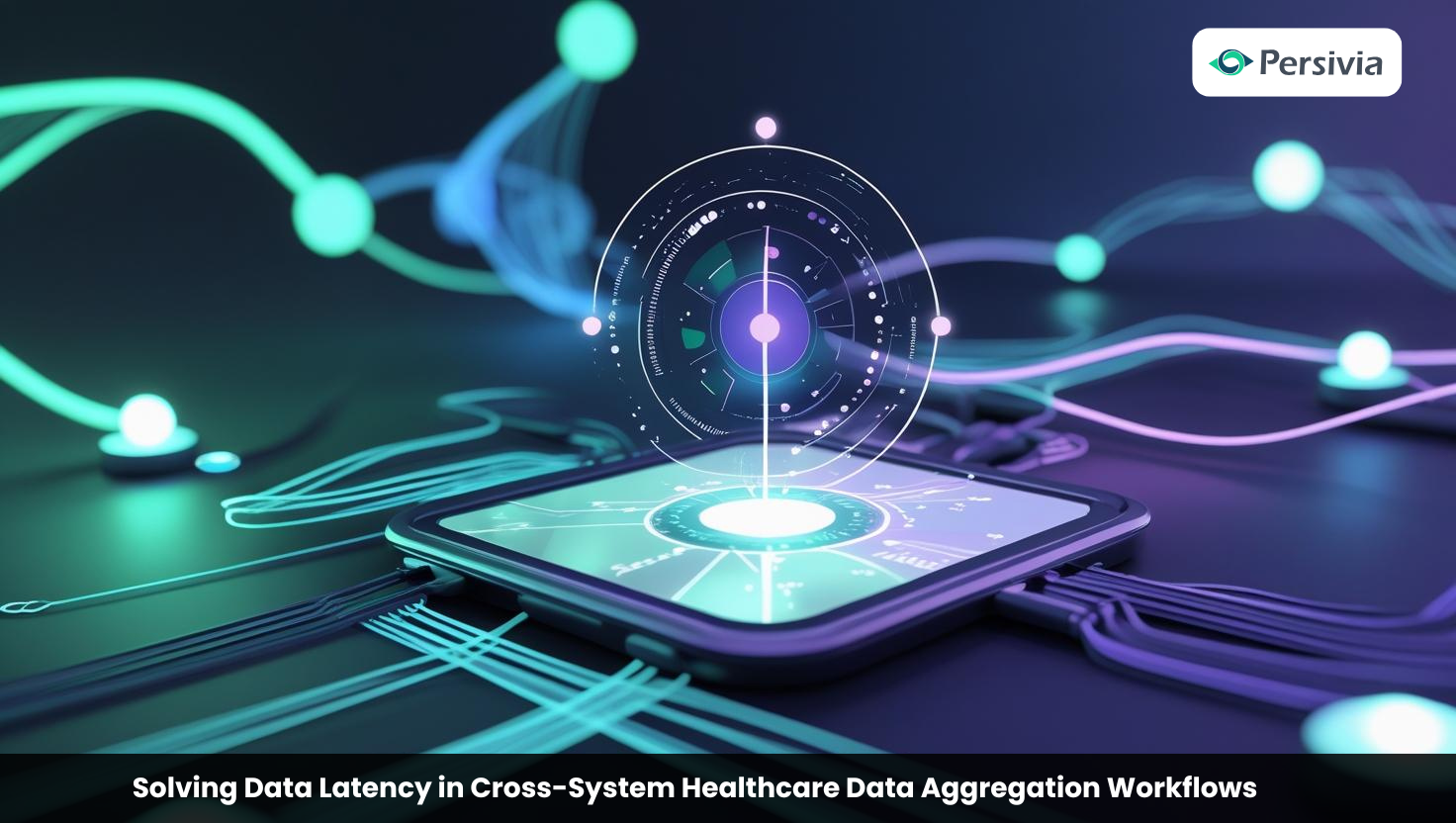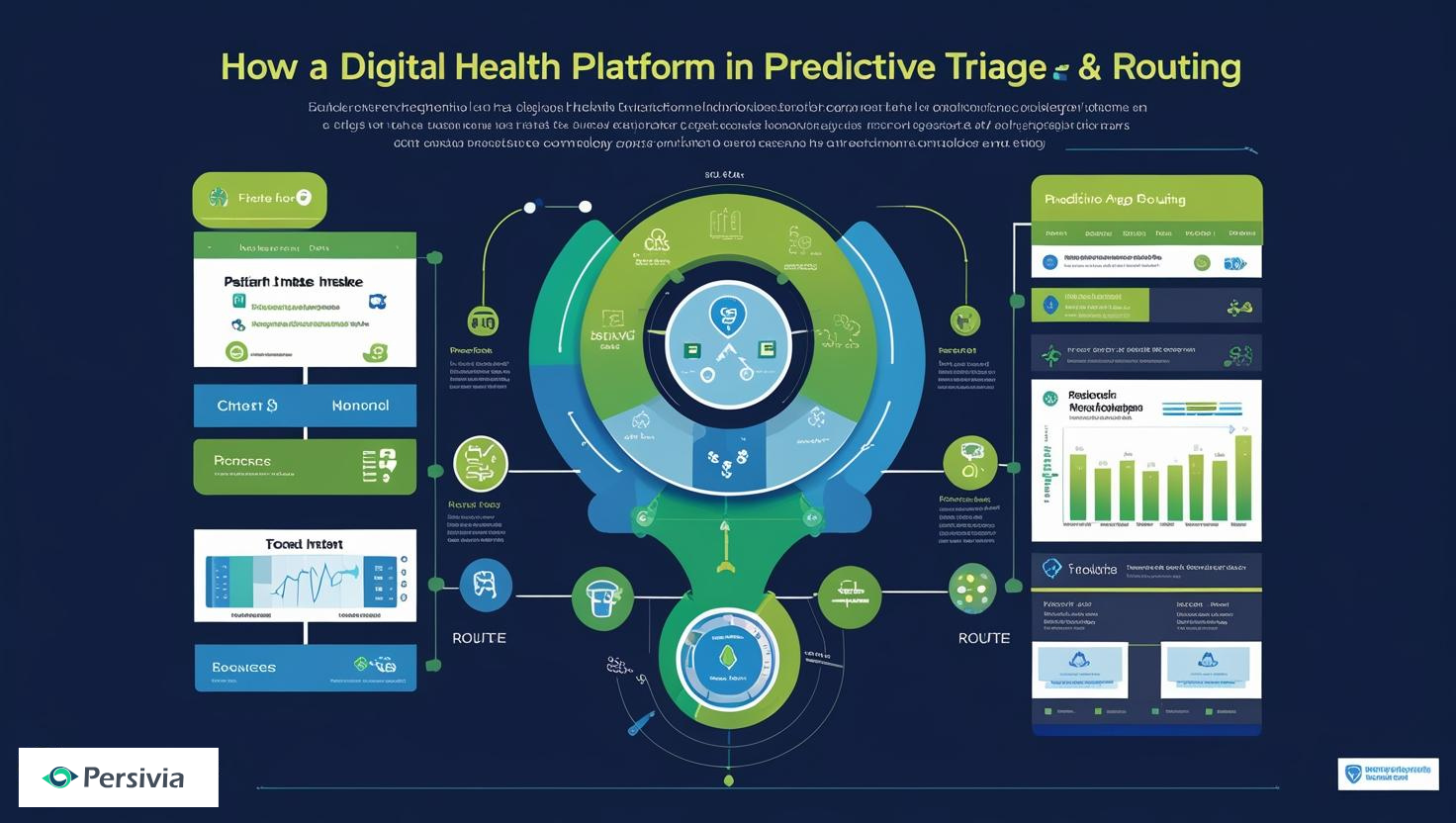Cross-system delay impairs the quality of care and slows down clinical judgments. Data becomes timely and actionable through a cohesive strategy that leverages structured records, AI, and real-time pipelines. Inefficiencies are removed by combining batch and streaming operations, semantic normalization, and predictive insights.
Digital infrastructure alone doesn’t fix data delays. What healthcare systems need is the ability to absorb, process, and deliver timely insights from every patient interaction. That’s where real-time Healthcare Data Aggregation comes in. Clinicians perform better at the point of care when data is delivered to them in a consumable format more quickly. Real-time data facilitates proactive patient management, expedites the closure of care gaps, and helps remove unnecessary testing. And this matters now more than ever because delayed insights often translate into missed diagnoses or delayed interventions.
The best way to overcome this challenge is through a Digital Health Platform designed to manage both structured and unstructured data at scale. One that turns fragmented inputs into action-ready intelligence. Every day, delays occur in real-world clinical settings, particularly when healthcare professionals are unable to obtain a complete picture of a patient’s condition. EHRs, claims databases, lab portals, device feeds, and even patient-reported sources frequently contain that image. Without synchronization, care teams either act late or act without context.
This is not just a technology problem. It’s an outcomes problem. Late data means delayed interventions, missed care opportunities, and poor coordination. Real-time, AI-supported Data Aggregation in Healthcare is the only practical way to make those delays disappear.
The Hidden Cost of Latency in Healthcare
Time, clarity, and eventually patient outcomes are lost due to data silos and system inconsistencies. The healthcare industry depends on precise findings that are delivered immediately rather than hours or days later. However, fragmented sources such as EHRs, claims, ADTs, and SDOH feeds sometimes delay access to the full picture. Those lags affect everything from chronic care management to coding.
Reducing data latency is about speed as well as reliability and quality. Teams need insight at the point of care, when decisions happen.
Unified Data Model (UDM)
A Unified Data Model brings data from all sources into one consistent structure. Whether clinical notes, diagnostic results, or device data, everything flows into a single schema.
It supports:
- Real-time and retrospective analytics
- Alignment of structured and unstructured inputs
- Full visibility across the patient journey
A unified view eliminates the need for manual merging or guesswork.
Data Lakehouse Architecture
Lakehouse technology blends unadulterated adaptability with carefully considered dependability. It is made to manage enormous volumes of incoming data and swiftly curate it for real-time workflows, analytics, and visualization.
Key capabilities include:
- Seamless ingestion of raw datasets
- On-the-fly transformations and curation
- Streamlined delivery into front-line tools
This backbone reduces delays and ensures clinical workflows have access to fresh, usable data.
Building a Longitudinal Patient Record
A longitudinal record captures everything about a patient, from diagnoses and procedures to home device data and social needs. But it’s not static. It evolves with every encounter, synced in real time.
The Core Technologies
- Natural Language Processing (NLP): Interprets free-text inputs, including radiological reports, discharge summaries, and doctors’ notes. This makes it possible to extract structured data from unstructured clinical narratives, which gives decision-support technologies access to more detailed information.
- Semantic Normalization: Converts disparate terminologies, codes, and vocabularies into a common standard, thereby aligning terminology across systems. ‘MI’ myocardial infarction, for instance, merges into a single, identifiable data point.
- Enterprise Master Patient Index (eMPI): By comparing patient records from various departments and institutions, duplicates and identification mismatches are eliminated, and the data is guaranteed to provide a single, longitudinal view of every person.
Once created, this record forms the foundation for real-time decision assistance.
Empowering Decisions with AI
AI engines append predictive and prescriptive insights directly to the longitudinal record. This includes:
- Automated alerts and tasks
- Risk stratification
- HCC opportunity detection
- Eligibility for care programs
It’s not about replacing clinicians. It’s about supporting them with the right information at the right time.
One Record, Many Uses
Once the longitudinal record is enriched with insights, it becomes a multi-purpose asset. It feeds:
- Care coordination systems
- Utilization tracking
- Quality reporting modules
- Chronic condition outreach
This enables seamless use of Healthcare Data Aggregation across multiple touchpoints.
Moving Past Traditional Systems
Legacy platforms struggle with static warehouses and long batch cycles. That model delays insights and misses fast-evolving risk. A modern approach uses continuous ingestion, in-memory processing, and AI-driven normalization.
This setup reduces the burden on IT teams and equips clinicians with instantly actionable data.
What to Look for in a Modern Platform
Choosing a solution means evaluating more than integration capabilities. Here’s what matters:
- A well-structured Healthcare Data Platform with real-time triggers
- Flexibility to support structured and unstructured inputs
- A Unified Data Model with full-source compatibility
- AI, NLP, and semantic normalization tools built in
- Compliance with FHIR and clinical standards
The goal is to create a system that simplifies decision-making, not complicates it.
What You Gain with This Approach
Organizations that apply this unified, AI-enabled structure see benefits like:
- Faster patient onboarding and intake
- Reduced hospital readmissions
- Greater HCC capture and risk score accuracy
- Stronger STAR and eCQM performance
The system doesn’t sit in the background. It powers every clinical, financial, and quality metric forward.
Takeaway
Since everything depends on clinical results, accuracy and speed must cooperate. Healthcare teams may spend more time acting and less time looking thanks to real-time health data aggregation. When latency disappears, better care follows naturally.
Your Next Step Toward Smart Aggregation
If your team is ready to reduce data delays and drive meaningful impact, Persivia delivers the solution. Its Digital Health Platform combines AI, unified data modeling, and longitudinal records to give organizations what they need: timely, accurate, and usable insights that elevate care.



